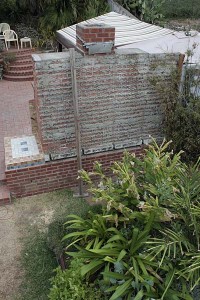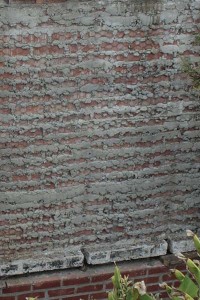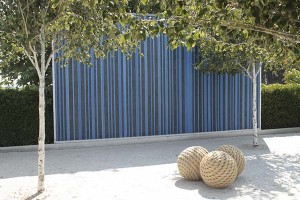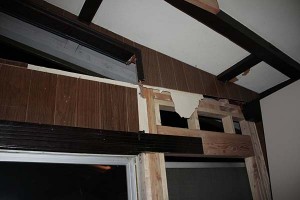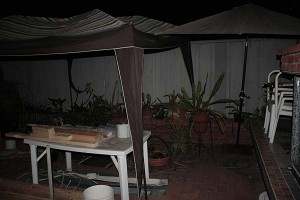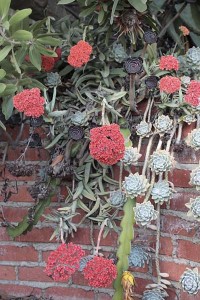After living with drought for the last several years it’s refreshing to take a look at some gardens where water appears as an unlimited resource. Last weekend’s L.A. Times Home section featured an article on iwagumi, the art of aquascaping. Take a Japanese garden aesthetic, only apply it to a fishtank, and you have a basic take on iwagumi.

Above: Luis Carlos Galarraga, Sao Paulo Brazil, “When the rocks flow.” [ source ]
Each year the Aquatic Gardeners Association hosts a competition for photographs of these carefully planted tanks. (This year’s contest deadline is September 30.) Contestants have to apply the same design sense that they’d need to work with in a garden on land. But instead of the familiar plants of the terrestrial realm, they’re using aquatic species, most frequently planting them among an assortment of striking stones. In these gardens the delicate creatures overhead aren’t birds, but fish.
The image above and the two below are medium-sized tanks from last year’s competition. Click on the “source” link and you’ll be taken to the page where you’ll see more images of each project, along with comments from the competition’s judges. It’s a very specialized aesthetic that they’re employing in the scoring, but the comments are interesting to read with a grain of salt, and might give you ideas on how to play with plants and space in gardens that live on the other side of the water table.

Above: Mélisse Moireau, Sarcelles France, “Grassland sunset.” [ source ]

Above: Michal Pasternak, Krakow Poland, “Sunset.” [ source ]
Since we’re air-breathing creatures these tanks transport us to a realm where we normally don’t have an opportunity to look at in any detail. They remind me a lot of the photography of Karen Glaser, a Chicago photographer that I had a chance to exhibit with a few years back in a group show here in town at the Museum of Photographic Arts. Much of Karen’s work is taken underwater, in the oceans or in swamps. Her magical, mysterious work is nothing like the clichés that make up most other underwater photography.

This image: Karen Glaser: Dust Storm in Catfish Sink, 2006, Pigment Print on Hahnemühle Photo Rag, 37x25in.
Check out her website for lots more examples of her beautiful work.




